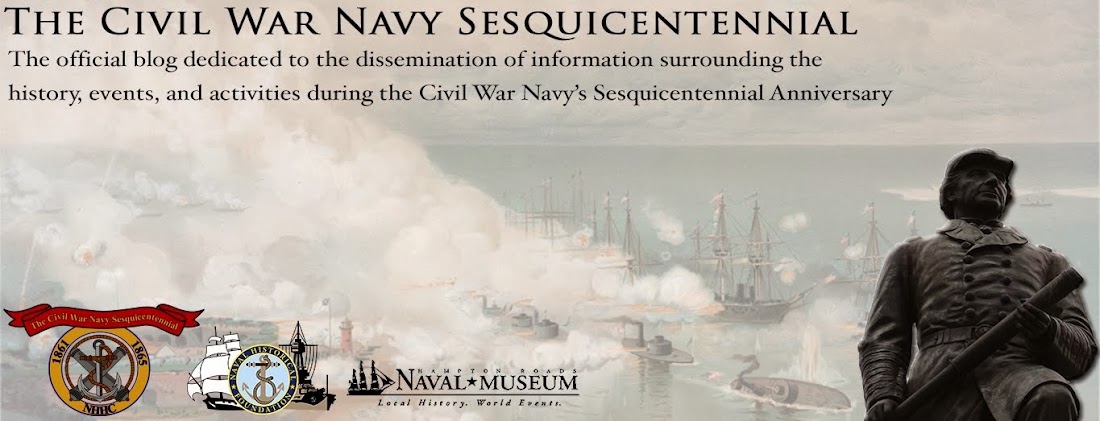 |
| Confederate privateer document (Image courtesy of the Museum of the Confederacy) |
"Now, therefore, I, Jefferson Davis, President of the Confederate States of America, do issue this, my proclamation, inviting all those who may desire, by service in private armed vessels on the high seas, to aid this government in restating so wanton and wicked an aggression, to make application for commissions or letters of marque and reprisal, to be issued under the seal of these Confederate States; and I do further notify all persons applying for letters of marque to make a statement in writing, giving the name and suitable description of the character, tonnage, and force of the vessel, name of the place of residence of each owner concerned therein and the intended number of crew."
However, John Paul Jones wannabees would have to wait. Either through his own discovery or advice of others, Davis realized that he issued his proclamation in haste as there were many details to be worked out. Among the issues were how captured prizes were to be adjudicated and which ships and cargoes were lawful targets.
He turned to the newly formed Confederate Congress to work out the details on April 29. After a week of debate, the Confederate Congress pass two laws authorizing privateers, setting up prize courts, outlying who could be seized and who had to be let go, and penalties against privateers violating Confederate laws.
Most importantly, the privateering laws placed restrictions on who could be a privateer. The restrictions were mainly financial in nature. Specifically, ship captains wanting a letter of "marque and reprisal" (the legal document authorizing someone to be a privateer) had to post a $5,000 to 10,000 bond (depending on ship size). The captains also had to find two people not associated with the ship willing to guarantee the bond. In other words, two guys with a rowboat and a shotgun could not declare themselves a privateer and take ships in the name of the Confederacy.
By mid-May, several privateering outfits in North and South Carolina assembled the necessary money, ships, men, and documents and set off for glory and money.

In Simson's "Naval Strategies of the Civil War", he notes that Mallory and the Confederate Navy opted voluntarily to abide by an International Treaty signed by most of the nations of Europe (but not by the US or CS) that outlawed the practice of privateering. Thus the Confederacy chose to primarily practice commerce raiding using regularly-commissioned CS Navy warships, presumably in an effort to curry favor with European nations they were hoping would help them, even though they were not a signatory to the treaty. That said, he also points out that the Confederacy issued 57 Letters of Marque and Reprisal to private parties during the war.
ReplyDelete